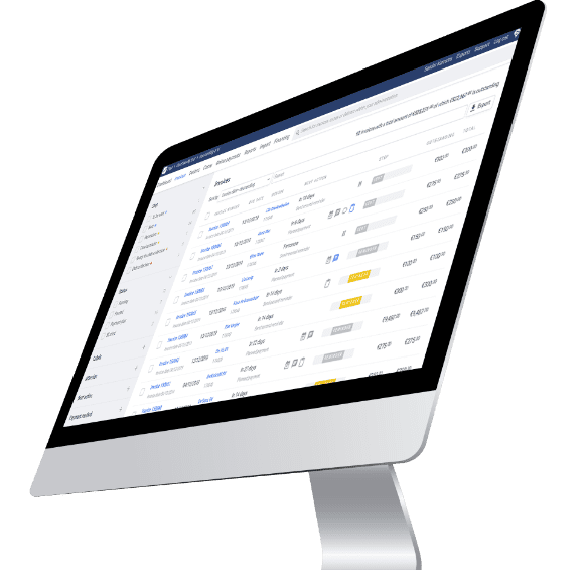Optimise credit control strategy
It is important for every company to optimise the size of its working capital. A good cash flow and liquidity can be realised by improving the credit control strategy. It is important to understand what credit control exactly is and what the difference is with accounts receivable management.
What is credit control management?
Credit control management is a broader concept than accounts receivable management and therefore focuses on streamlining the entire process from order to cash. The basis for this already starts with determining the general terms and conditions, establishing sectors and gaining insight into payment behaviour. Credit control management in the narrow sense of the term focuses on monitoring cash flow, following up invoices and checking the creditworthiness of customers. All with the aim of optimising the company’s cash flow and liquidity as part of the credit control strategy.
Difference between credit control and accounts receivable management
The traditional method of accounts receivable management involves invoicing for services and products supplied on account. There is an expiry date on the invoice and payment is due on that date. The company keeps track of whether invoices are paid on time. There is always a risk that a debtor is unable to meet the payment obligation. In this respect, the debtor risk can be limited by applying credit control management, which thus has a broader meaning than accounts receivable management.
Applying successful credit control management
Credit control and accounts receivable management are thus interlinked. The use of credit control management software is the solution to gain full control and insight into the financial situation of your company. The Payt accounts receivable management software is so extensive that it can be used as a replacement for credit control software.
Credit control software
There are several tasks associated with the management of credit control that are fully automated with the Payt software. For example, with automatic invoice follow up as well as with consistency in the policy of reminders for unpaid invoices. Another way that is important for credit control is by offering debtors the choice of various payment methods. This makes it easier for customers to use their preferred payment method.
Checking creditworthiness
Furthermore, in credit control it is important to check the creditworthiness of customers. This applies to new customers as well as to existing customers where the credit risk varies. Credit control software is, so to speak, the manager for providing optimal liquidity and cash flow. It is also possible to schedule automated payment appointments. Furthermore, our software provides financing for outstanding invoices.
Successfully deploying credit control
Payt offers direct insight into debtors and outstanding payments. It is also possible to use the software to make notes and communicate with customers. Improving your credit control strategy starts with using the right software. So request a demo with a free 30-day trial period.
Ready to get Payt? Try for free*
- Get paid 30% faster on average
- Follow up an invoice fully automatically and stay in complete control of the process
- Leave more time for the customer relationship
Schedule a custom online demo »

